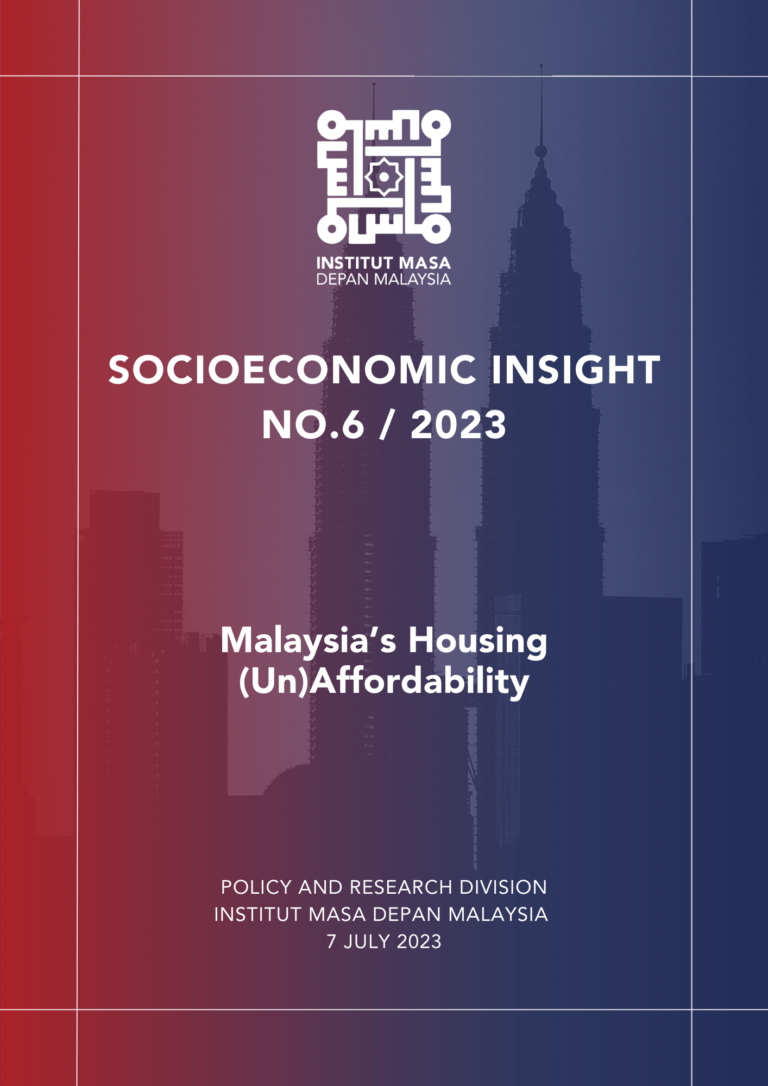Housing affordability is defined by Bank Negara Malaysia (BNM) as “…housing which is sufficient in quality and location, and is not so costly that it prevents its occupants from satisfying other basic living needs.” Additionally, BNM and the World Bank classify a house as affordable if the price does not exceed 3 times the buyer’s annual income.
Based on this, the 2020 data by the Central Bank showed that house costs in Malaysia went up to 4.72 times the annual median income – with the median house price at RM295,000 and the median annual household income at RM62,508. Thus, house prices in Malaysia fall under the category of “seriously unaffordable”.
However, despite the availability of housing financing, housing remains out of reach for many Malaysian households. In BNM’s Quarterly Bulletin publication during Q42017, a box article titled ‘Affordable Housing: Challenges and the Way Forward’ focuses on drawing out for public discussion several policy propositions as a way forward in addressing this challenge.
According to Bank Negara Malaysia (BNM), in 2022, the share of newly launched residential properties priced at RM500,000 and below trended lower at 65.4% (2021: 67.3%; 2020: 72.5%), despite strong demand from households (Chart 1.19).
Based on the National Affordable Housing Policy, the maximum price of affordable housing in Malaysia is RM300,000. To make things worse, the rising cost of housing, coupled with stagnant income growth, has made it difficult for a large segment of the population to afford suitable housing, with several other factors contributing to the housing affordability challenge in Malaysia.
Firstly, rapid urbanisation and population growth have increased demand for housing in cities, leading to higher prices. Additionally, the scarcity of land in urban areas has driven up land prices, further exacerbating the problem. Speculation and investment-driven demand have also contributed to the rising cost of housing.
In the context of Malaysia’s housing affordability, most buyers are affected by rooted issues, which have been mentioned by many researchers as follows:
- Demand and supply gap; and
- Slower income growth.




